Table of content
Making a cake is a delightful culinary endeavor that can bring joy to both the baker and the eater. Among the various ingredients that contribute to a cake’s texture, flavor, and moistness, butter stands out as a crucial component. Its creamy richness, buttery aroma, and ability to enhance the overall taste make it indispensable in many cake recipes. In this comprehensive guide, we will explore how to make a delicious cake using butter, covering everything from selecting the right butter to baking and frosting your masterpiece. By following these steps, you’ll be able to create a cake that is sure to impress your friends and family.
Section 1: Understanding the Role of Butter in Cake Making
Before diving into the recipe, it’s essential to understand why butter is so vital in cake baking. Butter serves multiple purposes:
-
Moisture and Tenderness: Butter adds moisture to the cake batter, ensuring a tender crumb. It also helps retain moisture during baking, preventing the cake from drying out.
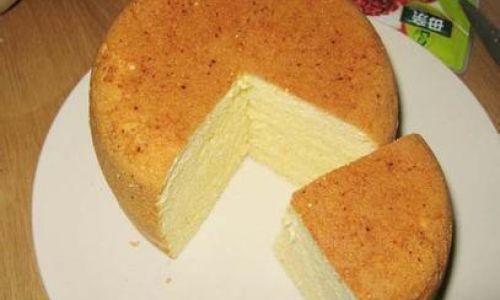
-
Flavor: Butter’s rich, creamy flavor is unparalleled in the baking world. It adds depth and complexity to the cake, making it more than just a sweet treat.
-
Structure: When butter is creamed with sugar, it traps air bubbles, which contribute to the cake’s rise and fluffy texture.
-
Emulsification: Butter helps to emulsify the batter, meaning it keeps the oil and water components from separating, ensuring a smooth and uniform texture.
Section 2: Choosing the Right Butter
Not all butters are created equal. Here are some tips for selecting the best butter for your cake:
-
Unsalted Butter: Use unsalted butter for better control over the salt content in your recipe. You can add a pinch of salt later if needed.
-
Quality Matters: Opt for high-quality butter with a high-fat content (usually around 80%). This ensures better flavor and texture.
-
Room Temperature: Make sure the butter is at room temperature before using it. This makes it easier to cream with sugar and ensures even incorporation into the batter.
Section 3: Gathering Ingredients and Equipment
Before starting, gather all your ingredients and equipment to ensure a smooth baking process:
-
Ingredients:
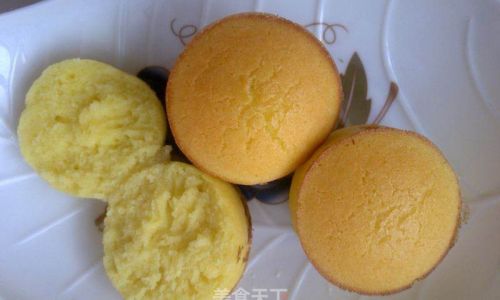
- Unsalted butter (room temperature)
- Granulated sugar
- Brown sugar (optional, for added moisture and flavor)
- Eggs (at room temperature)
- Vanilla extract or other flavorings
- All-purpose flour
- Baking powder and baking soda (for leavening)
- Salt
- Milk or buttermilk (optional, for added moisture)
- Dry ingredients like cocoa powder, spices, or zest (optional, for flavor variations)
-
Equipment:
- Mixing bowls
- Electric mixer or stand mixer
- Measuring cups and spoons
- Spatula
- Cake pans (greased and lined with parchment paper)
- Oven mitts
- Cooling rack
- Frosting tools (if frosting the cake)
Section 4: The Step-by-Step Recipe
Now, let’s dive into the recipe for a classic butter cake. This recipe can be adapted for various flavors and styles, but the basic technique remains the same.
Step 1: Cream the Butter and Sugar
- In a large mixing bowl, add the unsalted butter and both granulated and brown sugars (if using).
- Use an electric mixer or stand mixer fitted with the paddle attachment to cream the butter and sugars together on medium speed until light and fluffy. This should take about 3-5 minutes. The mixture should have a pale yellow color and a creamy texture.
Step 2: Add the Eggs and Vanilla
- One at a time, add the eggs to the butter-sugar mixture, beating well after each addition. Make sure to scrape down the sides of the bowl to ensure even incorporation.
- Add the vanilla extract or other flavorings and mix until combined.
Step 3: Combine Dry Ingredients
- In a separate bowl, whisk together the all-purpose flour, baking powder, baking soda, and a pinch of salt.
- Gradually add the dry ingredients to the wet ingredients, alternating with milk or buttermilk (if using), in three additions. Begin and end with the dry ingredients. Mix on low speed until just combined to avoid over-mixing, which can lead to a dense cake.
Step 4: Prepare the Cake Pans
- Grease your cake pans thoroughly with butter or non-stick spray. Line the bottoms with parchment paper circles to ensure easy removal of the cakes after baking.
- Lightly dust the pans with flour, shaking out any excess.
Step 5: Bake the Cakes
- Divide the batter evenly between the prepared cake pans. Use a spatula to smooth the tops.
- Tap the pans lightly on the counter to remove any air bubbles.
- Place the pans in the preheated oven (usually at 350°F or 175°C) and bake for 25-35 minutes, or until a toothpick inserted into the center comes out clean.
- Rotate the pans halfway through baking for even cooking.
Step 6: Cool and Remove from Pans
- Allow the cakes to cool in the pans for about 10 minutes.
- Run a knife around the edges to loosen the cakes, then invert them onto a cooling rack to cool completely. Peel off the parchment paper.
Section 5: Frosting and Decorating Your Cake
Once the cakes are fully cooled, you can frost and decorate them as desired. Here are a few options:
-
Simple Buttercream: Cream together softened butter, powdered sugar, a pinch of salt, and vanilla extract. Gradually add milk until you reach the desired consistency. Spread or pipe onto the cooled cakes.
-
Cream Cheese Frosting: Beat softened cream cheese and butter until smooth. Gradually add powdered sugar and vanilla extract, then beat until light and fluffy. Spread over the cakes.
-
Ganache: Heat heavy cream and pour over chopped chocolate. Let sit for a minute, then stir until smooth. Pour or spread over the cakes.
Section 6: Tips for Perfect Results
- Room Temperature Ingredients: Always use room temperature butter, eggs, and milk for better mixing and a smoother batter.
- Don’t Over-Mix: Over-mixing can lead to a dense cake. Mix until just combined after adding the dry ingredients.
- Measure Flour Properly: Use the spoon and level method to measure flour, ensuring you don’t use too much and end up with a dry cake.
- Cool Completely: Allow the cakes to cool completely before frosting to prevent the frosting from melting or sliding off.
Section 7: Variations and Experimentation
The basic butter cake recipe can be adapted in countless ways:
- Chocolate Cake: Add cocoa powder to the dry ingredients and use hot water or coffee instead of milk for a richer flavor.
- Lemon Cake: Add lemon zest to the batter and lemon juice to the frosting for a refreshing twist.
- Spice Cake: Incorporate cinnamon, nutmeg, and cloves into the dry ingredients for a warm, festive flavor.
- Fruit Cake: Fold in dried fruits, nuts, and a splash of brandy for a traditional holiday treat.
Conclusion
Making a cake with butter is a rewarding experience that yields delicious results. By understanding the role of butter in cake baking, selecting high-quality ingredients, and following a meticulous recipe, you can create cakes that are moist, flavorful, and visually appealing. Whether you’re baking for a special occasion or just enjoying a sweet treat at home, a butter cake is always a welcome addition. Experiment with different flavors, frostings, and decorations to keep your baking adventures exciting and delicious. Happy baking!
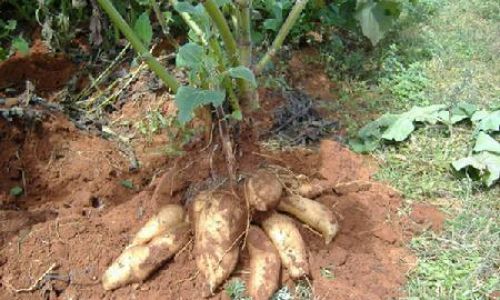
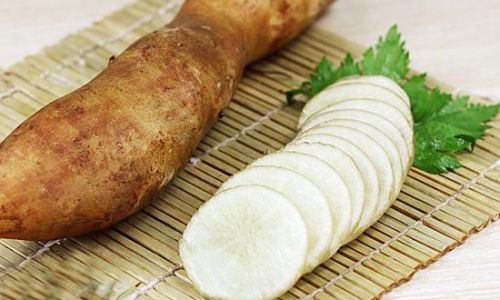


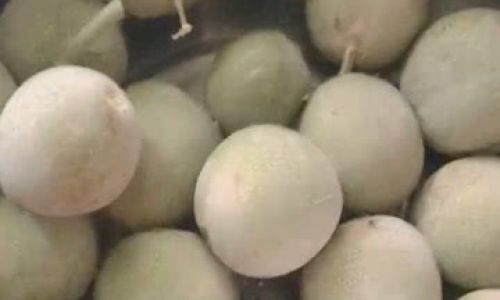
0 comments